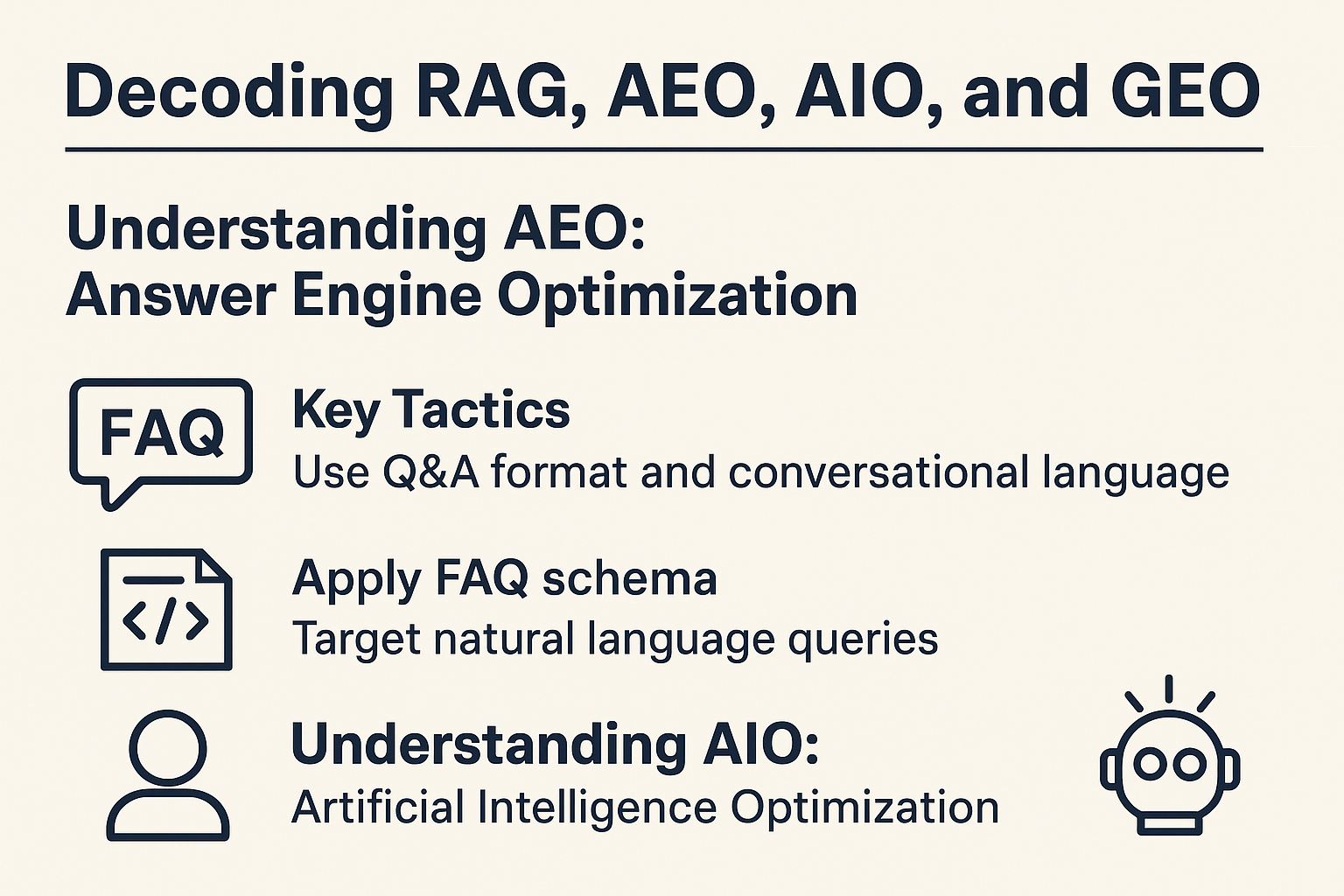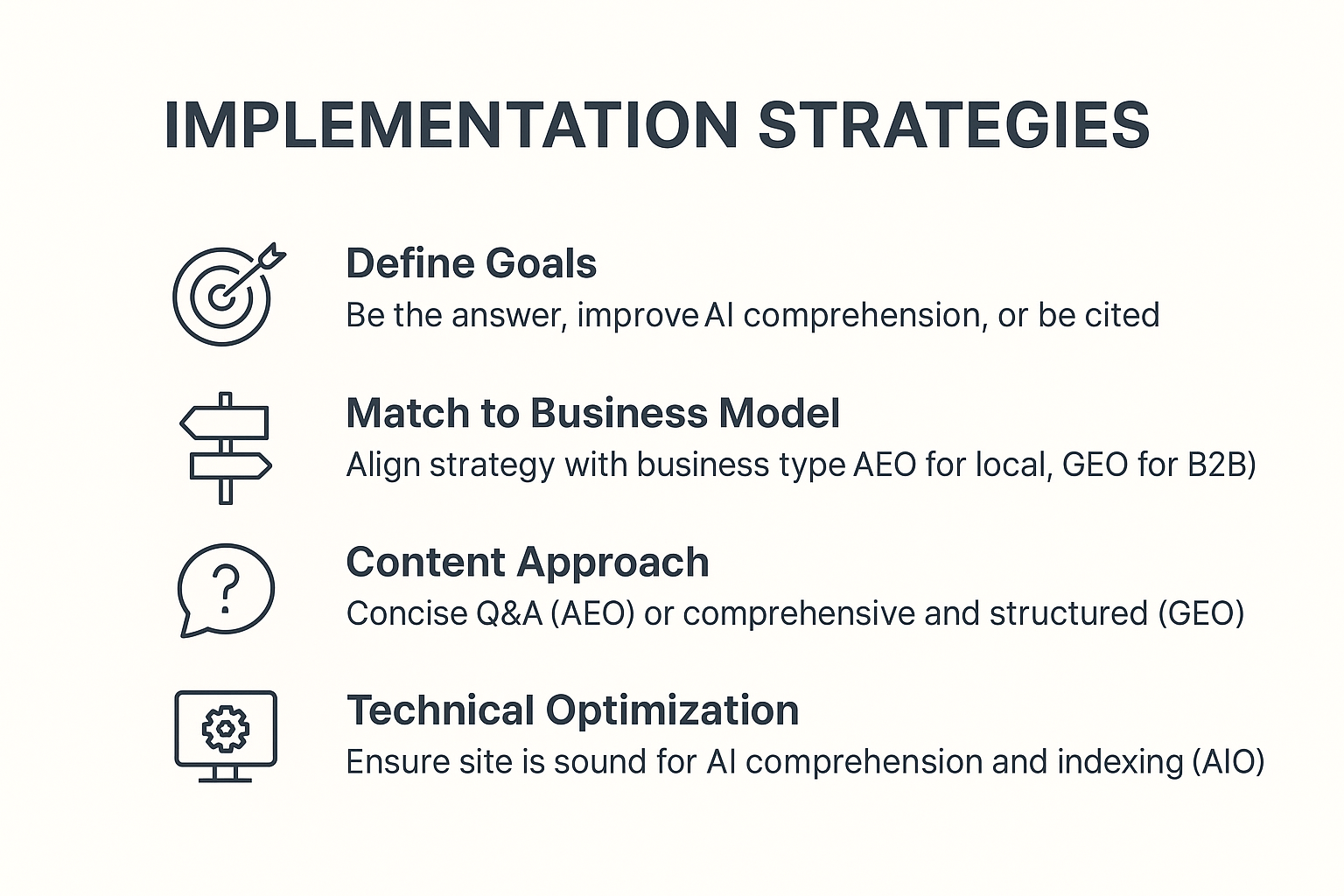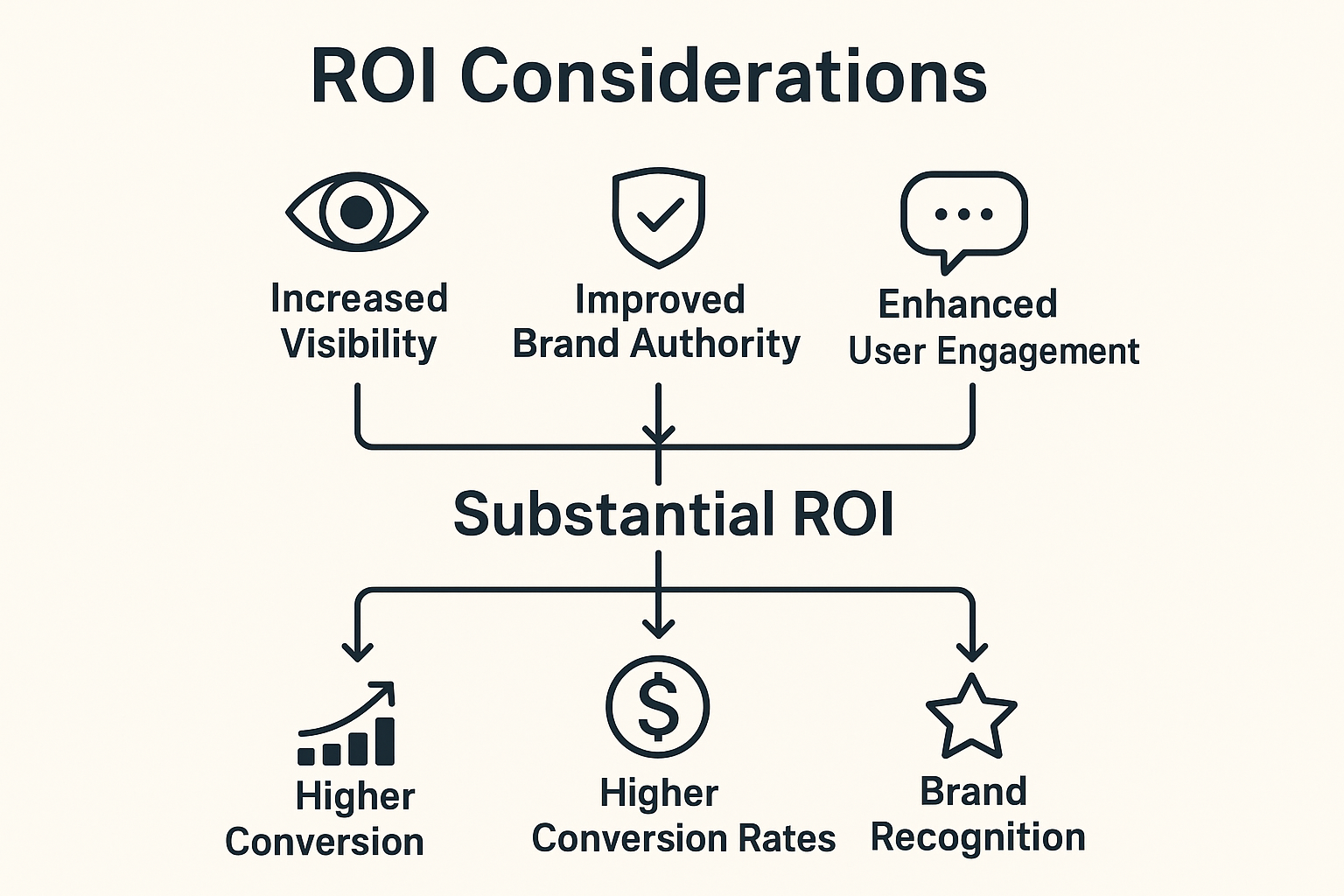RAG, AEO, AIO, GEO: The Alphabet Soup Decoded

Summary (TL;DR)
The digital landscape is evolving with new acronyms like RAG, AEO, AIO, and GEO, which represent different strategies for maximizing visibility in search and AI-driven environments. This post will decode these terms, exploring their definitions, applications, and implementation strategies to help marketers and SEO consultants optimize their digital presence effectively.
Introduction
The search engine optimization (SEO) space is rapidly evolving, with new technologies and strategies emerging to adapt to AI-driven search environments. Terms like RAG (not explicitly defined in the common SEO lexicon but potentially related to Retrieval-Augmented Generation), AEO (Answer Engine Optimization), AIO (Artificial Intelligence Optimization), and GEO (Generative Engine Optimization) are transforming how content is optimized and presented to users. Understanding these acronyms is crucial for marketers aiming to leverage AI and search engines effectively.

Decoding RAG, AEO, AIO, and GEO
Understanding AEO: Answer Engine Optimization
AEO is focused on making your content the direct answer that AI-driven tools present. It involves creating concise FAQs, using schema markup, and targeting long-tail queries [[2]](https://tredigital.com/ai-driven-seo-strategy-terms-strategy-tactics/)[[3]](https://imagexmedia.com/blog/aio-geo-aeo-sxo-guide). AEO is ideal for local and service businesses looking to appear in featured snippets and voice search results.
- Key Tactics:
- Use Q&A format and conversational language.
- Apply FAQ schema to help search engines identify answers.
- Target natural language queries and specific long-tail keywords.
Understanding AIO: Artificial Intelligence Optimization
AIO involves optimizing content for comprehension by AI systems, ensuring that it is structured and clear. AIO is about making content retrieval-friendly and is best suited for technical and enterprise environments where precision is key [[2]](https://tredigital.com/ai-driven-seo-strategy-terms-strategy-tactics/)[[3]](https://imagexmedia.com/blog/aio-geo-aeo-sxo-guide).
- Key Tactics:
- Use structured data to enhance machine readability.
- Ensure clarity and conciseness in content.
- Implement technical SEO to improve crawlability and indexing.
Understanding GEO: Generative Engine Optimization
GEO is about optimizing content for generative AI search engines, which generate entire answers rather than listing links. It involves creating comprehensive, factually accurate content and using schema markup to provide context [[1]](https://writesonic.com/blog/what-is-geo-aeo-llmo)[[3]](https://imagexmedia.com/blog/aio-geo-aeo-sxo-guide).
- Key Tactics:
- Develop rich, well-organized content hubs covering topics in-depth.
- Use semantic structuring to organize content around themes.
- Implement schema markup to provide machine-readable context.
Understanding RAG: Retrieval-Augmented Generation
While not widely defined within the SEO community, RAG might relate to strategies incorporating retrieval mechanisms to enhance content generation. This concept aligns with using AI to retrieve and generate relevant, high-quality content.
Comparison Table
| Term | Goal | Core Tactics | Best Fit |
|------|------|--------------|----------|
| AEO | Be the answer | FAQs, schema | Local/service businesses |
| AIO | Be retrieval-friendly | Structured data, clarity | Technical/enterprise |
| GEO | Be the citation | Comprehensive content, schema | B2B, thought leadership |
| RAG | (Not explicitly defined) | Potential focus on AI-driven content generation | |

Implementation Strategies
To effectively implement these strategies, marketers should:
- Define Goals: Determine whether you want to be the answer, improve AI comprehension, or be cited by generative engines.
- Match to Business Model: Align your strategy with your business type (e.g., AEO for local businesses, GEO for B2B).
- Content Approach: Develop content that is either concise and Q&A-style (AEO) or comprehensive and semantically structured (GEO).
- Technical Optimization: Ensure your site is technically sound for AI comprehension and indexing (AIO).

ROI Considerations
Implementing these strategies can lead to increased visibility, improved brand authority, and enhanced user engagement. The ROI can be substantial, as being the direct answer or citation can lead to higher conversion rates and brand recognition.
Conclusion/Key Takeaways
Decoding acronyms like AEO, AIO, GEO, and potentially RAG involves understanding their specific goals and tactics. By aligning these strategies with business objectives and implementing them effectively, marketers can enhance their digital presence in AI-driven search environments.
FAQs
- Q: What is the primary goal of AEO?
- A: AEO aims to make your content the direct answer presented by AI-driven tools.
- Q: What is the best fit for AIO?
- A: AIO is best suited for technical and enterprise environments where precision is key.
- Q: What does RAG potentially involve?
- A: RAG might involve strategies for AI-driven content generation, though it is not widely defined in SEO.